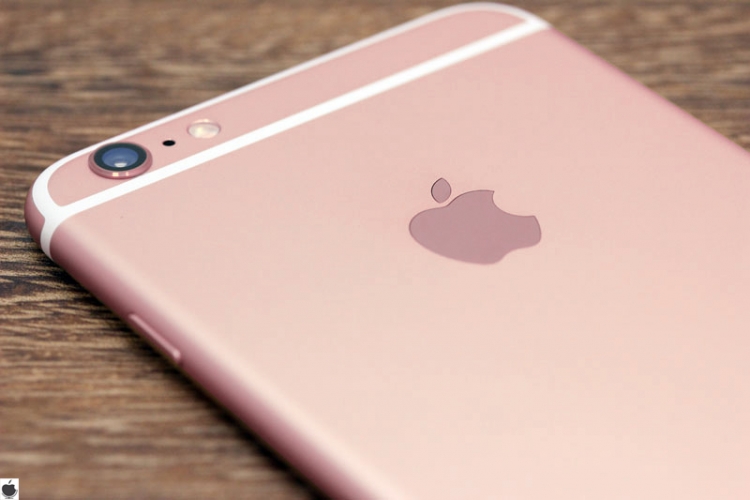The iPhone 6s Uses Two Different A9 Application Processors!
This is an unusual move for the high-tech chips, but a few fabless semiconductor companies have been using more than one fab to manufacture their chips.
“Even though more details need to be confirmed, a smaller die size usually means better chip fabrication technology”, an industry source said. The slightly larger APL1022 comes from TSMC in glorious 16nm.
The Korean firm was, however, sidelined by TSMC, which supplied around 70 percent of the A8 processor for the iPhone 6 and iPhone 6 Plus with the remaining 30 percent being allotted to Samsung.
This is according to analyst house Chipworks, which tore apart the electronics in the new smartphones: the silicon gazers found that the system-on-chips in the iPhone 6S are manufactured by either TSMC or Samsung depending on which device you buy.
Samsung’s chip model boasts a smaller die size measuring 96 square millimeters compared to TSMC’s at 104.5 square millimeters.
“It was a surprise to find two different application processors in two otherwise identical phones”, wrote Chipworks senior technology fellow Andy Wei.
Both of these SoC’s do share a lot in common but the metal layers are completely different simply because the transistor from Samsung is not identical to the transistor level from the TSMC. However, it’s highly unlikely that this difference would be noticeable in everyday use – and there’s no way to tell exactly which chip your iPhone is powered by. As 9to5Mac points out, Samsung and Toshiba have both provided SSDs in Apple’s MacBooks, although Samsung’s SSDs have been found to perform better. Having more money than nearly every other semiconductor company combined definitely helps.








